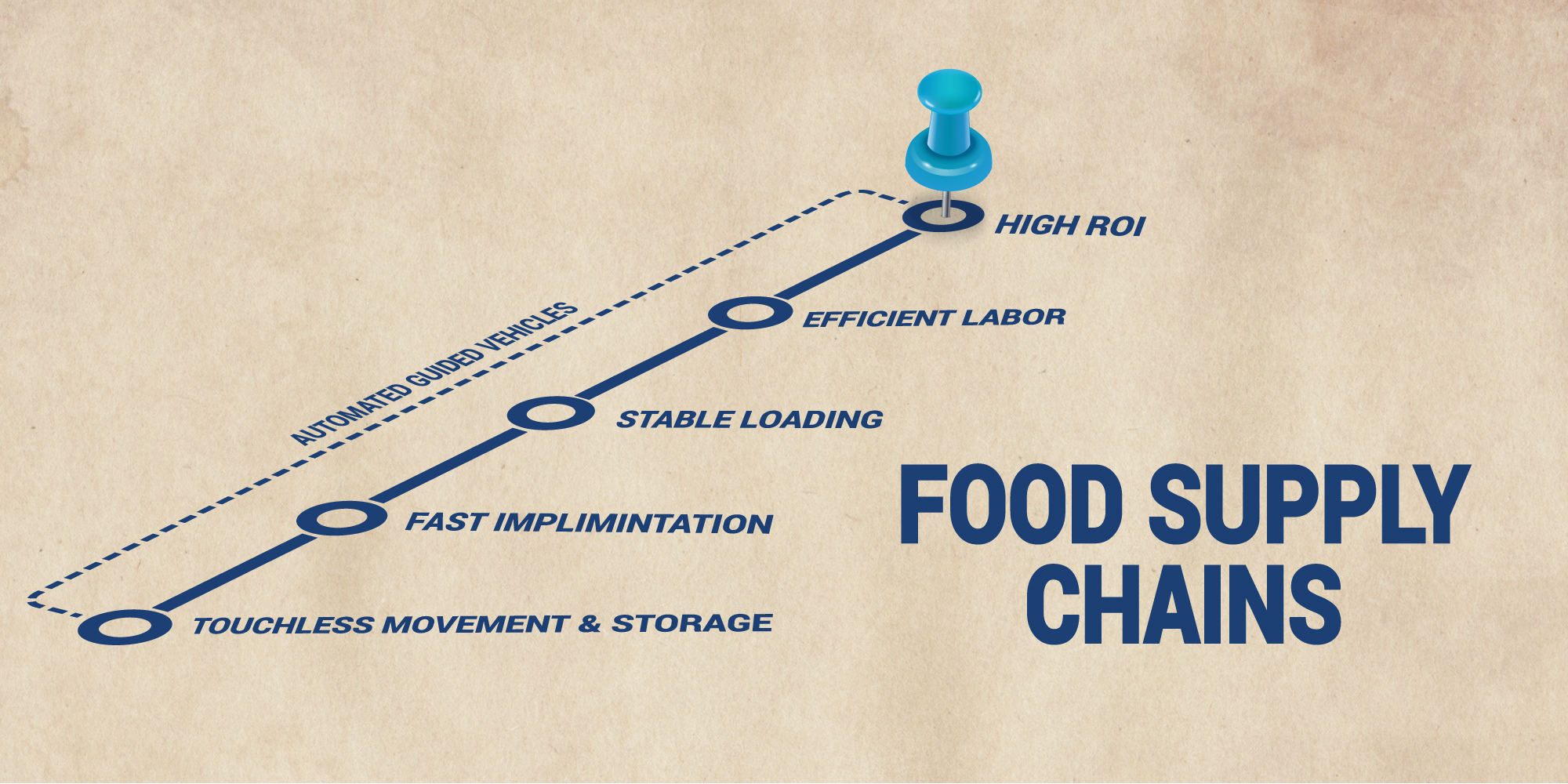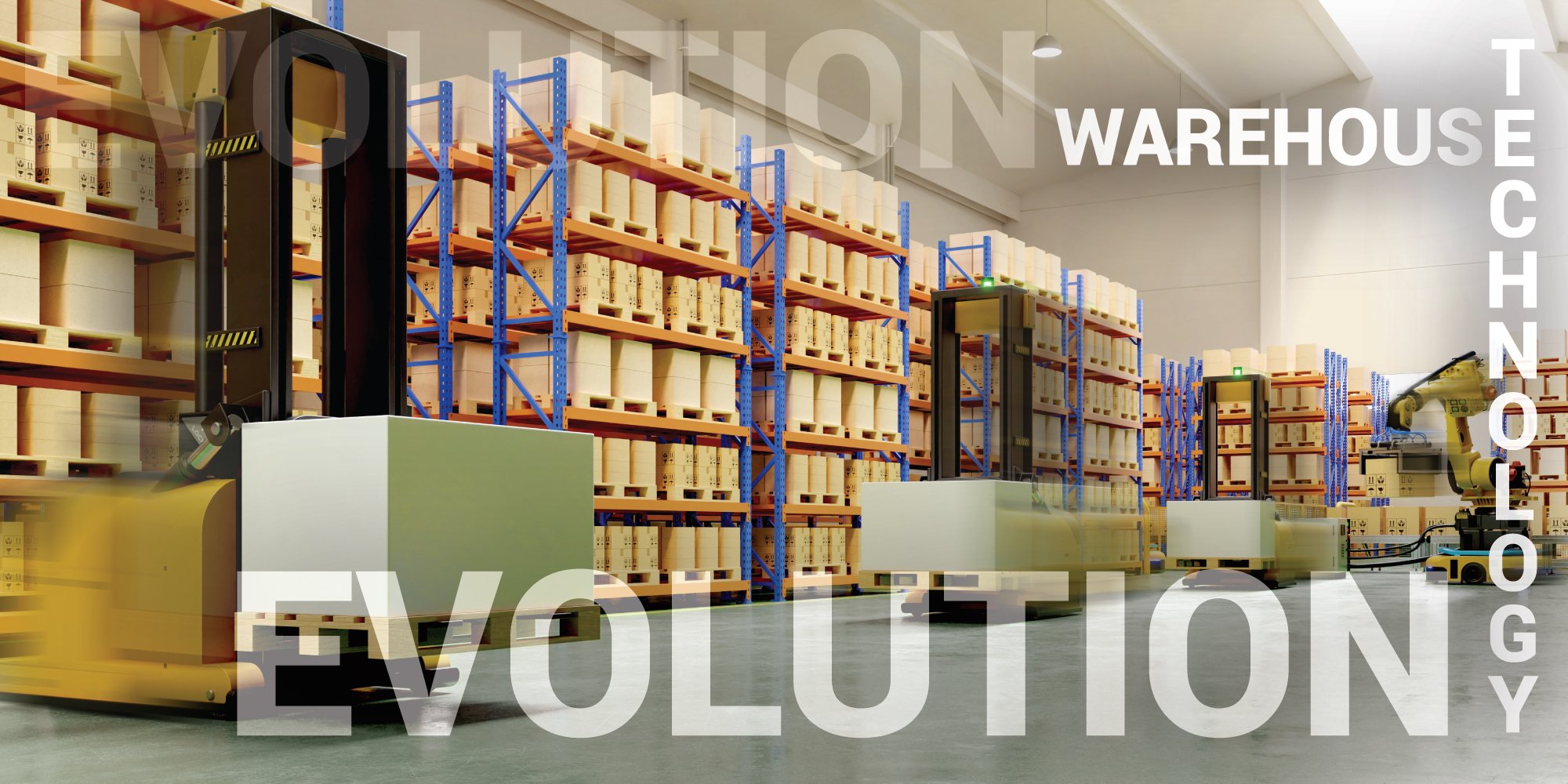Autonomously Guided Vehicles (AGVs) have evolved dramatically over the past decade. Along with new enhancements that can improve the capabilities of existing AGVs and new services available from robotics manufacturers, they are becoming more versatile and vital — especially in the food supply chain.
The Food Supply Chain is Strained
The food industry has been hit hard by COVID. With more people eating at home, the demands on grocers, food distributors, and food suppliers have increased considerably in a very short time. That has led to significant increases in density and throughput at warehouses. At the same time, companies all along the supply chain are struggling to deal with outages due to quarantined employees. In some cases, entire facilities have had to shut down due to COVID. These circumstances are where automation can provide much-needed supply chain resilience — and AGVs, especially, can play a vital role.
AGVs Offer a Range of Benefits
AGVs have become reliable and efficient tools to fulfill multiple roles at any facility. Of utmost importance during this pandemic, they provide a touchless way to receive and retrieve pallets directly from trailers. AGVs can also store loads until they’re ready to be picked — while ensuring each one is stable and safe when put away — and they can aid employees in picking pallets for customers. AGVs perform all these functions fully or partially autonomously, with no need to place magnetic tape or guide wires throughout the facility.
This last point is important to note for anyone assuming magnetic tape or guide wires on the floor are necessary for robotics. It’s one of several stereotypes about automation that are being swept away with a wave of new technologies and solutions.
Advanced Technology That Can Help Quickly
AGVs used to be custom made every time, requiring months of lead time to build and much more time to integrate. The whole process could take 12-18 months and cost a significant amount of budget and resources. Not any more. Now, companies like Vecna Robotics offer pre-built Robots as a Service (RaaS) that can be leased and shipped almost immediately. Companies like Balyo have created sensor upgrades that attach to existing robot chassis, shifting navigational requirements away from magnetic tape or guide wires to using LIDAR remote sensing methods to self-localize and map the environment. Integrating either or both of these solutions can now be done in a matter of days, instead of months, with the SOFTBOT™ Platform.
Another valuable benefit to advanced AGV solutions for food supply chains is the flexibility they provide. Old AGV options locked robots down to performing one or very few tasks in a specific location. Now, with enhanced navigational capabilities and the ability to reconfigure workflows with drag-and-drop ease on the SOFTBOT™ Platform, AGVs can quickly change tasks at one location or be rapidly deployed at an entirely different facility.
With the current unpredictability of shutdowns and slowdowns at food warehouses and manufacturing facilities, the flexibility and quick integration of today’s AGVs can be the key to surviving and thriving.






